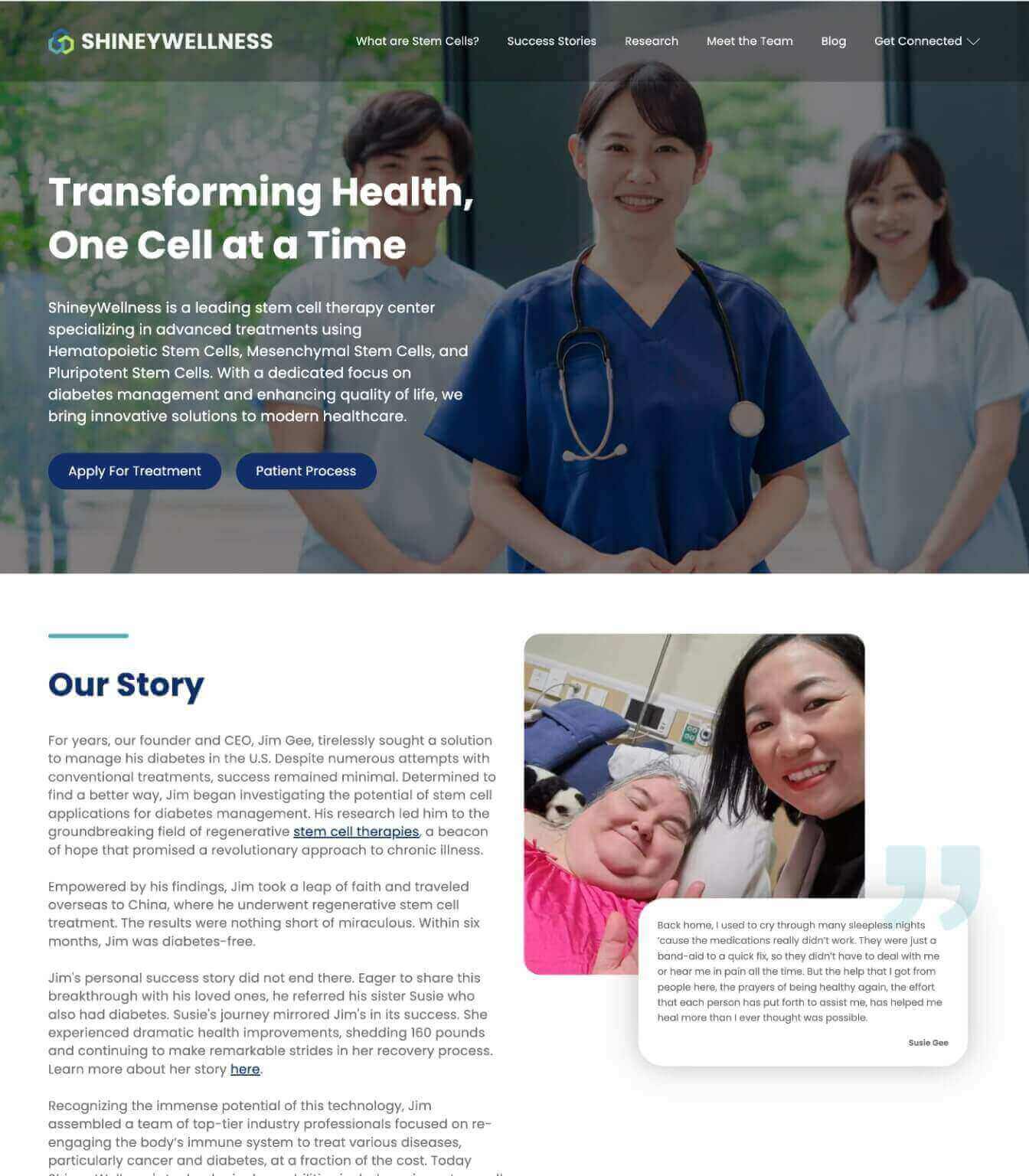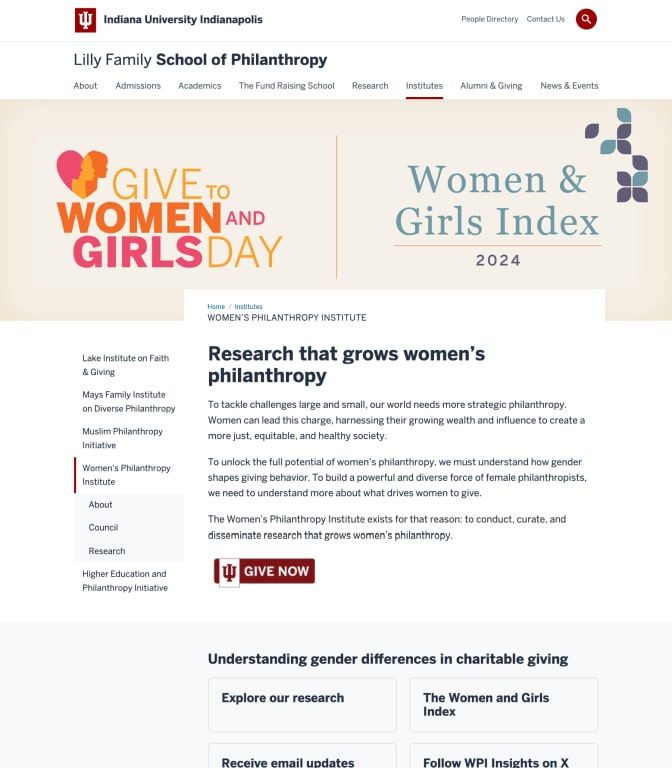Charity marketing is the process of using strategic marketing techniques to promote a nonprofit organization and raise awareness, support, and funds for its cause. Whether through digital advertising, storytelling, or community outreach, charity marketing can significantly improve a nonprofit’s visibility and ability to fulfill its mission.
Done correctly, charity marketing not only boosts donations but also helps build long-term relationships with supporters, educates the public about important issues, and strengthens the overall reputation of the organization. However, there are also potential pitfalls—such as miscommunication, appearing insensitive, or overstepping boundaries during emotional events—that must be carefully navigated.
Despite these risks, thoughtful and well-planned charity marketing remains one of the most powerful tools available to nonprofit organizations. Below, we explore how to get the most out of your donations, create an impactful campaign, and ensure your message resonates with your audience.
What is Charity Marketing?
Charity marketing is about raising awareness and inspiring support for a cause through various channels such as public relations, social media, email campaigns, advertising, and events. The main objective is to motivate people to contribute—whether through donations, volunteering, or advocacy.
There are different approaches to charity marketing. Some organizations focus on educational campaigns that highlight the cause, while others organize fundraising events or volunteer drives to engage their communities. Regardless of the method, the end goal is to build an emotional connection and encourage action.
Best Practices for Charity Marketing
1. Define Your Goals and Target Audience
Before launching any marketing campaign, clarify your objectives. Are you aiming to increase donations, raise awareness, attract volunteers, or all three? Once you’ve defined your goals, identify your target audience. Who are they? What motivates them to give? Tailoring your message to a specific audience increases your chances of success.
2. Keep Your Message Clear and Concise
Clarity is crucial in charity marketing. People should be able to quickly understand what your campaign is about and how their support will help. Avoid technical jargon or vague descriptions. Instead, use clear, direct language that highlights the problem and explains how contributions make an impact.

3. Tell a Story
Nothing connects with people more than a compelling story. Sharing real-life examples of individuals or communities your charity has helped brings your cause to life. Whether it’s a child receiving access to education or a family recovering after a disaster, stories humanize your mission and build emotional bonds with donors.
4. Use Visuals Wisely
Photos and videos enhance emotional appeal and increase engagement. Make sure the visuals you use are high-quality, respectful, and relevant to your message. Avoid shocking or overly graphic content—opt for images that convey hope, change, and positive impact.
5. Be Sensitive to Current Events
Timing matters in charity marketing. Be mindful of current events, especially during crises or tragedies. A poorly timed campaign can be perceived as opportunistic. If needed, pause or adapt your messaging to show empathy and align with public sentiment.
The Benefits of Charity Marketing
Effective charity marketing offers several benefits that can accelerate your organization’s growth and impact:
-
Increased Visibility: A good marketing campaign can significantly raise awareness for your cause, reaching new audiences and educating the public.
-
Stronger Donor Relationships: By staying in touch with supporters and showing them how their contributions are used, you foster loyalty and long-term support.
-
Higher Donations: Clear communication and emotional storytelling often result in more contributions, especially when people understand how their money makes a difference.
-
Enhanced Public Perception: Consistent, transparent marketing builds trust and credibility for your charity, leading to positive word-of-mouth and media attention.
The Do’s of Charity Marketing
To ensure success, follow these core principles:
-
Be Transparent: Always be upfront about how donations are used. Donors want assurance that their money is going to the right place.
-
Focus on Relationship Building: Don’t just ask for money. Engage supporters with updates, thank-you messages, and personalized communication.
-
Align with Your Mission: Make sure all marketing efforts are in line with your charity’s values and mission. Authenticity goes a long way in building trust.
-
Show Impact: Provide concrete examples of how donations have been used. Numbers, testimonials, and stories can demonstrate the effectiveness of your work.
The Don’ts of Charity Marketing
Avoid these common mistakes:
-
Don’t Oversell or Mislead: Overpromising results or making exaggerated claims can lead to donor mistrust.
-
Don’t Ignore Donor Communication: Failing to acknowledge or update donors can hurt your organization’s reputation.
-
Don’t Be Too Aggressive: Overly persistent messaging can feel intrusive. Respect your audience’s boundaries and preferences.
-
Don’t Exploit Tragedies: Leveraging tragic events for donations can appear insensitive unless handled with care and genuine intent.
The Risks of Charity Marketing
As powerful as charity marketing is, it does come with risks:
-
Reputational Damage: If a campaign backfires or is perceived as tone-deaf, it could hurt your charity’s public image.
-
Donor Fatigue: Too many appeals or over-communication can lead to disengagement and reduced giving.
-
Legal and Ethical Concerns: Misrepresenting how funds are used can lead to legal action and loss of trust.
That’s why it’s essential to develop a well-thought-out strategy that balances emotional appeal with honesty and responsibility.
Making the Most of Your Donations
When donating, it’s important to ensure your contribution is being used effectively. Here’s how:
-
Do Your Research: Look into the charity’s mission, history, financial transparency, and track record. Sites like Charity Navigator or GuideStar can help you evaluate performance.
-
Understand How Funds Are Used: Check how much of your donation goes toward administrative costs versus program delivery.
-
Donate Smartly: If possible, set up recurring donations. Many nonprofits rely on monthly givers to sustain long-term projects.
-
Track Your Donations: Keep a record of your contributions for tax purposes and to monitor the impact of your giving.
Being an informed donor ensures your support has a real, measurable impact.
How Rank Today Helps Charities Succeed
In the age of digital marketing, having a strong online presence is crucial for any nonprofit organization. That’s where Rank Today comes in. Rank Today is a digital charity marketing agency that specializes in helping nonprofits increase their visibility through SEO, content marketing, social media strategies, and online fundraising campaigns.
Whether you’re a small local charity or a global nonprofit, Rank Today can help you build brand authority, engage your audience, and ultimately boost donations. Their tailored non-profit marketing strategies ensure that every dollar you invest in outreach delivers maximum impact—allowing you to focus on what matters most: making a difference.
By working with a marketing expert like Rank Today, charities can avoid common pitfalls, optimize their messaging, and take advantage of tools that increase efficiency and effectiveness.
The Future of Charity Marketing
The landscape of charity marketing is rapidly evolving, driven by technology and changing donor expectations. Here are some trends to watch:
-
Social Media Storytelling: Platforms like Instagram, TikTok, and YouTube allow charities to share compelling stories in real time and reach younger, digitally-savvy donors.
-
Crowdfunding: Platforms like GoFundMe and Kickstarter allow nonprofits to raise funds for specific projects while creating viral appeal.
-
Data-Driven Strategies: Analytics tools help charities better understand donor behavior and tailor campaigns accordingly.
-
AI and Chatbots: More organizations are leveraging AI to automate donor communication, improve user experience, and streamline operations.
-
Mobile Giving and QR Codes: As more people donate via smartphones, optimizing for mobile is no longer optional.
The future of charity marketing is bright—but only for those who adapt and embrace new tools and trends.
How Can Charities Use the Marketing Mix?
The marketing mix—Product, Price, Promotion, and Place—offers a framework to guide strategy:
-
Product: The cause or service you provide. Make sure it’s clearly defined and emotionally resonant.
-
Price: Though donations aren’t priced like retail goods, understanding donor expectations and affordability is crucial.
-
Promotion: Use storytelling, events, influencer partnerships, and social media to spread your message.
-
Place: Make it easy for donors to give—via websites, mobile apps, email campaigns, or donation kiosks at events.
Using the 4Ps strategically can help charities tailor their messaging and attract more support.
Conclusion
Charity marketing is a critical part of building awareness, inspiring action, and raising the funds necessary to drive meaningful change. By following best practices, avoiding common missteps, and partnering with experts like Rank Today, nonprofits can amplify their message and maximize the impact of every donation.
Whether you’re a charity looking to improve your outreach or a donor wanting to ensure your money makes a difference, understanding charity marketing is key. Thoughtful giving and strategic promotion together create a powerful force for good.




















